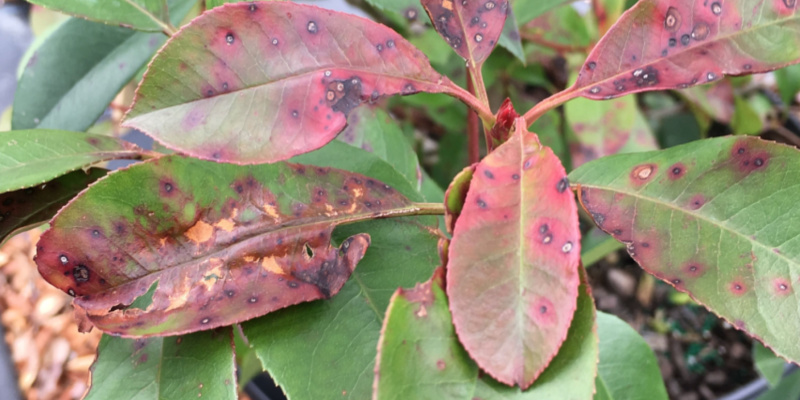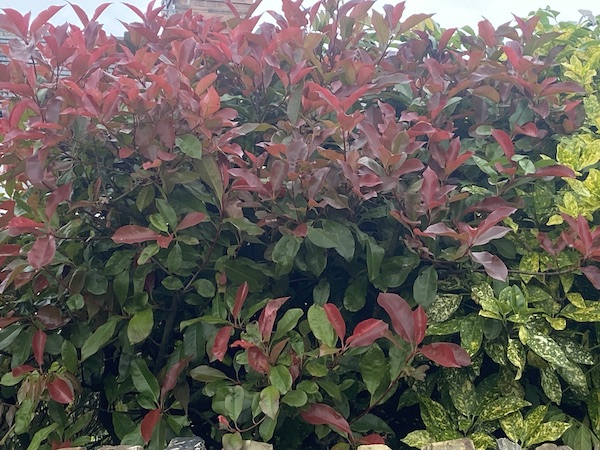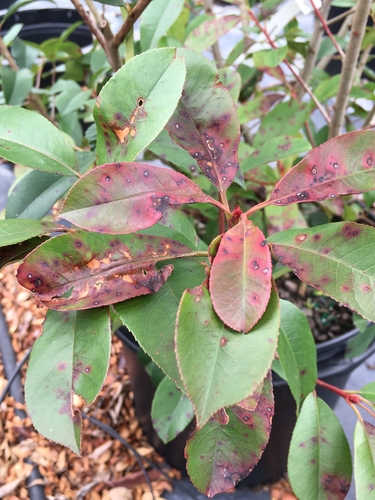
What are the black spots on my Photinia leaves?
Our site is reader supported, this means we may earn a small commission from Amazon and other affiliates when you buy through links on our site.
Following on from my article about why some of my own photinia leaves started to turn yellow and drop off. In this guide, I look more carefully at why you get black spots on the leaves and how you can try to both prevent them in the first place and how to treat them.
Any black spots on a photinia are generally bad news and I’ll be honest, somewhat difficult to get rid of. In general, I have found that photinias have good disease resistance except when it comes to leaf spot. There is a bit of a debate on what causes this, some people believe it’s related to the weather and stress while some believe it’s more of a disease. Personally, I think it’s a little bit of both coming together to cause the very unsightly black spots on the leaves.
It’s obviously a fungal disease that is seen through the appearance of black spots on the leaves of the photinia plant bit I think that stress also encourages the disease. Here’s what I do to try and prevent it in the first place and also treat it.
How to spot leaf spot
If you got leaf spot you will probably know, however, leaf spot usually manifests through the appearance of red or black spots on photinia leaves. Eventually, the leaves fall off and the plant starts to look bare. Interestingly, recent research indicates that it’s not actually the fungal disease that causes the problems with the leaves. The humid and warm environment that it likes to live in is bad for the health of the photinia. As previously mentioned, I have found that harsh cold winters seem to also encourage leaf spot as well as dry spells.
What to do about leaf spot
The good news is that leaf spot rarely kills the photinia plant. It does, however, leave it looking patchy and a bit sad. If im honest, I think they look awful once they get it.
All solutions to the leaf spot problem start with removing the affected leaves. Burn them instead of putting them in your compost heap to prevent spreading it to other plants through the soil.
Prune back badly infected plants
The next step is one to take if most of your plant is infected. Prune it severely in mid-May to give it time to bounce back in the growing season. Don’t be afraid to cut them back very hard, we use to do this all the time in nurseries to get them to recover and they always come back amazing. Place mulch around the base of the plant (but not too near the trunk) to stop the spores from spreading.
Dealing with the underlying problem
But these solutions don’t address the underlying problem. The environment surrounding your photinia is just wrong for it. Cut the plant back, dig it up and plant it elsewhere. Somewhere with well-drained soil and more sun is probably what it needs. Accept that its original space has leaf spot and plant something there instead that isn’t susceptible to the disease.
But wait
Although leaf spot is a common disease, black spots on photinias can also be the result of a stressful environment for the plant as previously mentioned. Cold, and especially a cold wind, cause harm to the plant. Before you cut down or pull up your photinia, check to make sure that it’s not in an exposed part of your garden. If it is, consider putting up a screen to give it the shelter it needs to grow healthy and strong.
If you find other things that don’t seem right with your photinia when you’re tending to it, the Photinia pests and diseases article is well worth reading.

